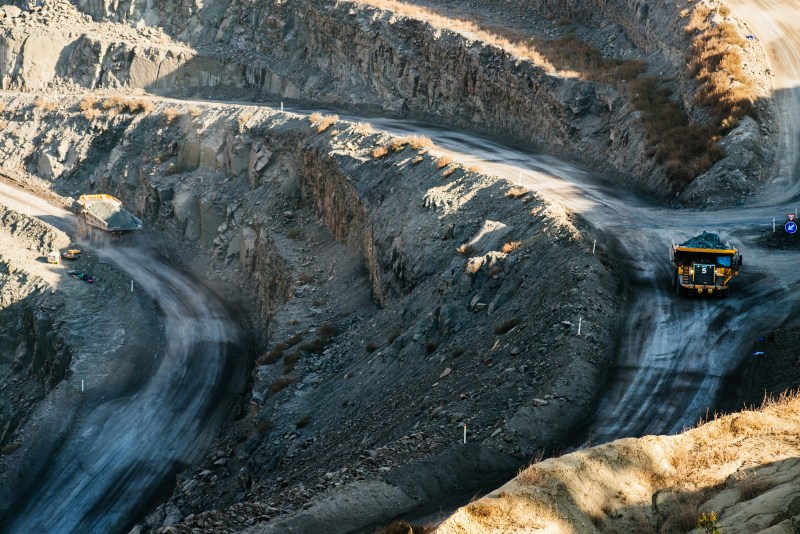For those of you wondering how diamonds migrate from the Earth’s mantle to the surface, the answer lies in a rare and unique kind of volcano known as a kimberlite.
Kimberlites are carrot-shaped channels (wide on top, narrow at the bottom) most often found in continental cratons, which are some of the oldest rock formations on Earth. They reach deep into the center of the Earth where the pressure is intense enough to form diamonds, so their eruptions spit out rocks, minerals, and crust fragments directly from the mantle.
Among those rocks and minerals spewed out are diamonds.
Kimberlite eruptions aren’t common, and they’ve never been directly observed, but scientists think they happen when parts of the Earth’s mantle melts into low-density magma capable of rising up through the bottom end of a kimberlite. A series of other chemical reactions propels it up to the Earth’s surface.
Most of the Earth’s known kimberlites have been found in Canada, Brazil, Siberia, South Africa, northern China, and Australia, but a few also exist in the United States, specifically in Arkansas and Kentucky.

This article was featured in the InsideHook newsletter. Sign up now.























